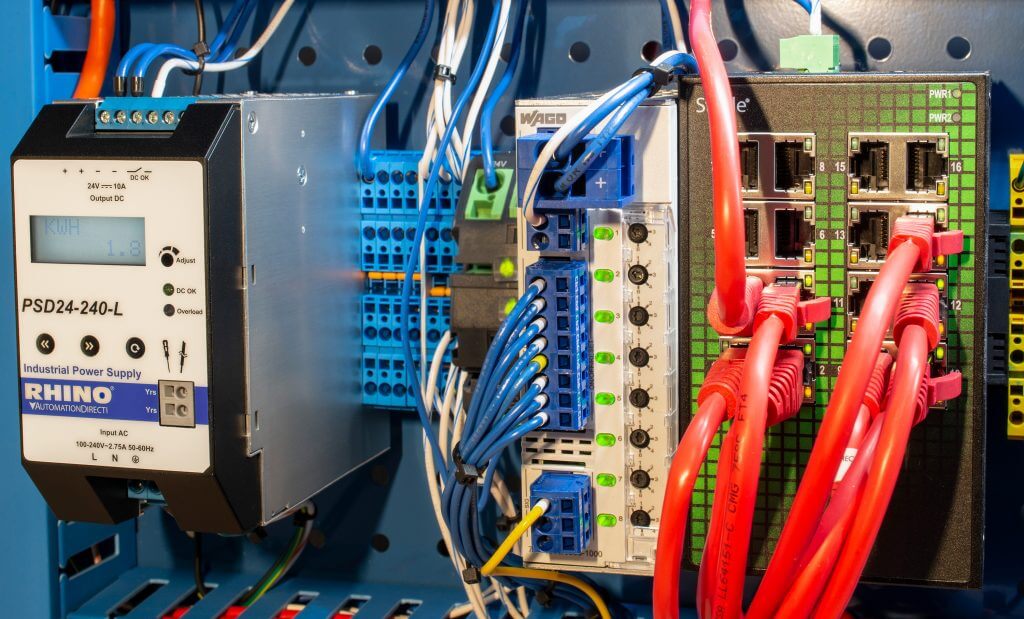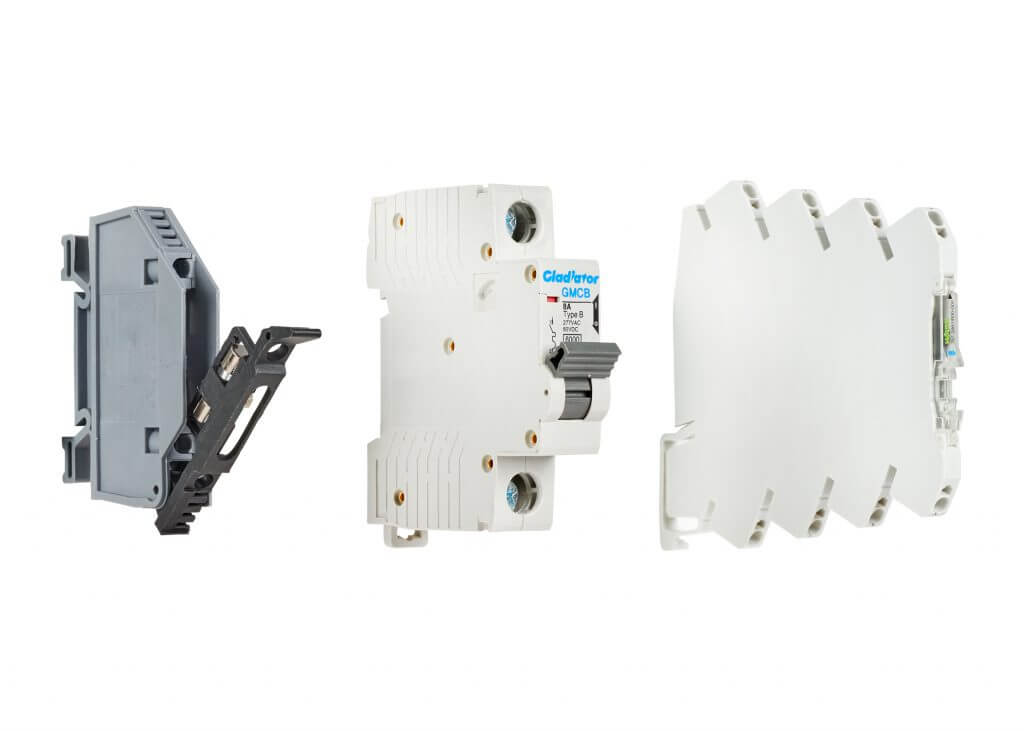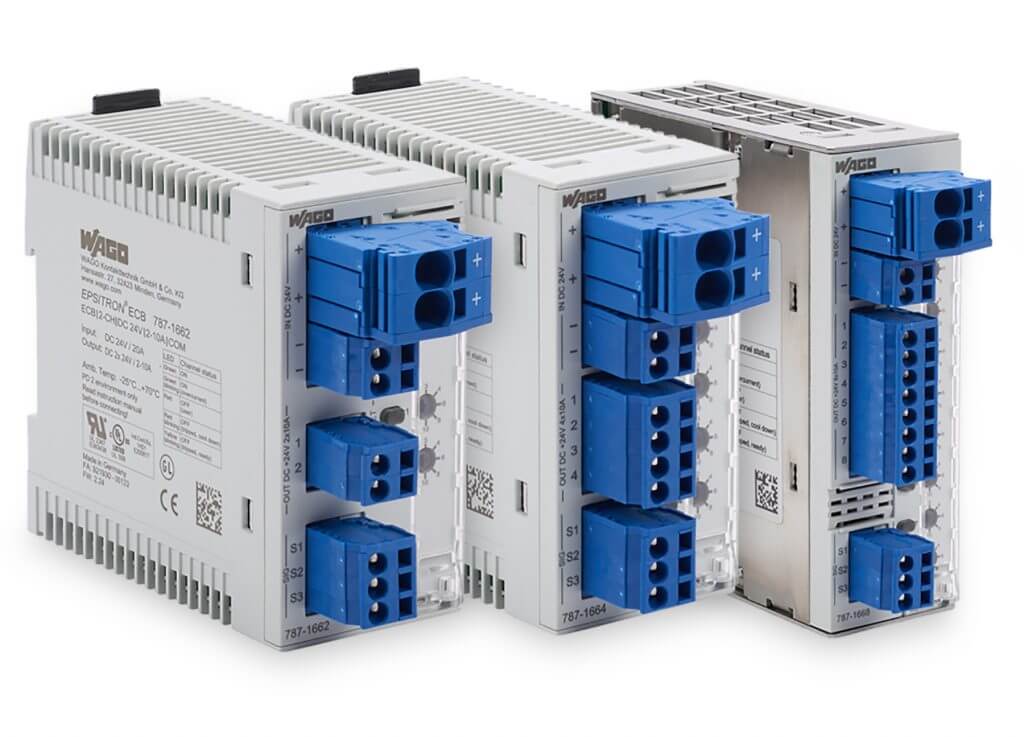New technologies deliver higher performance and advanced monitoring and control capabilities as compared to traditional fuses and circuit breakers.

Kevin Kakascik, Technical Marketing Engineer with AutomationDirect, wrote an article for the April 2021 issue of Design World. Titled Machine Circuit Protection Gets Smart, the article describes traditional circuit protection methods and how there is now a more capable electronic solution which can also provide NEC Class 2 protection. Here’s a summary, click on the link above for the full text.
Sensors and controllers used for automating machinery require reliable low voltage and low current power. Designers must incorporate overcurrent protection devices (OCPDs) to guard conductors from damaging overcurrent and short circuit conditions, in accordance with the National Electrical Code (NEC). However, there is a smarter way than using traditional fuses and circuit breakers. Modern electronic circuit breakers (ECBs) can improve safety and uptime.
Control Power Considerations
In North America, automation equipment is usually supplied with 120VAC. Power supplies are commonly used to convert this into the 24VDC needed for control components. Feeder and branch circuit protection is used for 120VAC, while only supplementary protection is needed for 24VDC.

Fuses are the original OCPD devices, available in many form factors and amperage ratings. When a fuse blows it can be difficult to troubleshoot which one has failed unless the holder is provided with an indicator. Once a technician identifies a blown fuse, he or she must investigate the original part, and possibly the design documents if the fuse is damaged beyond recognition, then find an equivalent replacement.
Circuit breakers are the other tried and true OCPD method, also available in many different current ratings and trip curves. A special category of supplementary circuit breakers with a UL 1077 rating may be used on lower-level control circuits. Circuit breakers can usually be reset after a trip, unless the over current condition causing the trip was extreme enough to damage the breaker, an infrequent occurrence.
Modern Electronic Circuit Breakers
ECBs electronically monitor load current and provide fast-acting supplementary circuit protection for precisely, quickly, and repeatedly switching off circuits in response to overcurrent and short circuit events. They can be switched on and off like a circuit breaker, or by a remote-control signal. LED status lights indicate the status of each channel, and ECBs can provide pulse sequence feedback to a programmable logic controller.

Models with anywhere from one to eight channels are available, in compact form factors that can take less panel space than other OCPDs. ECBs let users install a larger bulk 24VDC supply and safely distribute power from it to many loads.
Of special note is the fact that ECBs are available in NEC Class 2 compliant models, with a fixed current setting of 3.8 A per channel and active current limiting. This allows an engineer or designer to use a standard (and larger) power supply not rated as an NEC Class 2, and to create Class 2 circuits. Designers can use ECBs to create higher-performing circuits which operate more reliably and provide self-diagnostics, while taking advantage of NEC Class 2 for simplified installations.

